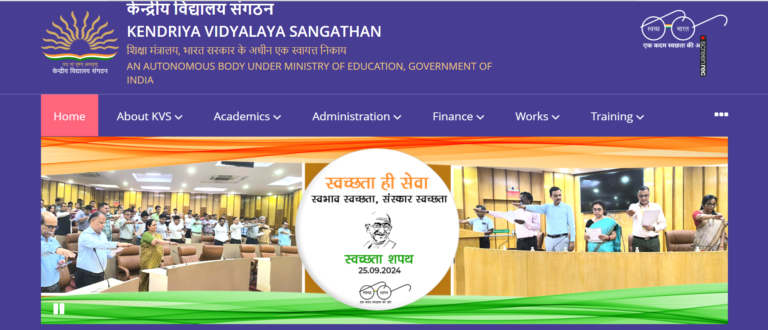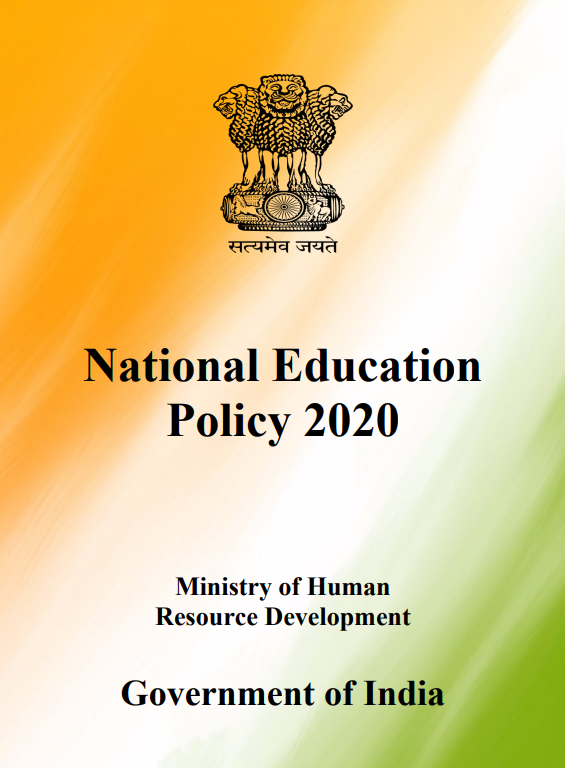
KVS Admission of Children in Vacant Seats from Balvatika to Class XII: A Comprehensive Guide
The Kendriya Vidyalaya Sangathan (KVS) has long been recognized for its commitment to providing quality education to the children of transferable Central Government employees, including defense and paramilitary personnel, as well as other eligible categories. One of the key features that make KVS a preferred choice among parents across India is its transparent, inclusive, and flexible admission policy that ensures fair access to education for all. Among these policies, the provision for the “Admission of Children in Vacant Seats from Balvatika to Class XII” holds special significance as it opens the door for new students to join Kendriya Vidyalayas (KVs) across the country, subject to availability of seats.
Every year, after the regular admission process is completed and the promoted students are accommodated, many KVs publish a list of vacant seats in different classes ranging from Balvatika (pre-primary) to Class XII. These vacancies arise due to the transfer of parents, shifting of families, withdrawals, or non-reporting of some admitted students. To fill these seats, KVS announces a supplementary admission process which is based strictly on merit, priority category, and the availability of seats in each class.
In recent years, the introduction of Balvatika classes (which include foundational stage classes under the New Education Policy 2020) in select KVs has expanded the scope of early childhood education within the Kendriya Vidyalaya system. These classes are specifically designed for children aged 3 to 5 years, preparing them for a smooth transition into the formal schooling system starting from Class I. Admission to vacant Balvatika seats follows guidelines that prioritize Central Government employees’ children but also allow for other categories such as state government employees, PSU staff, and even private sector employees subject to seat availability.
For Classes I to XII, the admission process into vacant seats is carefully structured. The priority order remains as per KVS Admission Guidelines, which give the highest preference to the wards of transferable Central Government employees, followed by children of transferable State Government staff, PSU employees, and others. Special provisions are also made for children of armed forces, paramilitary personnel killed in action, and single girl children in classes where applicable. In cases where the number of applicants exceeds the number of available seats, a lottery system or merit-based selection may be used as per the guidelines.
One of the unique aspects of this supplementary admission process is that it allows children from outside the KVS system, including those from private and other government schools, to apply for admission. However, such applicants must meet the minimum academic requirements prescribed for each class. For higher classes such as XI and XII, admissions are strictly based on the marks obtained in Class X and Class XI respectively, along with subject combinations and stream availability (Science, Commerce, Humanities).
The admission process into vacant seats is also open to the children of foreign nationals in certain categories, subject to the guidelines issued by the Ministry of Education and KVS headquarters. This ensures that KVs continue to reflect cultural diversity and inclusiveness in their classrooms, especially in metro cities and diplomatic regions where such applicants are more frequent.
A noteworthy point in the admission to vacant seats is the role of the Vidyalaya Admission Committee. Each Kendriya Vidyalaya forms an Admission Committee comprising the Principal, senior teachers, and parent representatives to ensure that the admission process remains transparent, fair, and in compliance with KVS guidelines. The list of vacant seats is generally displayed on the school notice board and the official website to inform prospective applicants well in advance.

The admission application for vacant seats requires parents to submit an online or offline form (as specified by the respective KV), along with supporting documents like proof of age, transfer certificate from the previous school, proof of residence, parent’s service certificate, and caste or disability certificates (if applicable). Verification of documents is a crucial step to prevent discrepancies and ensure genuine applicants are selected.
For Balvatika and Primary classes, age limits are strictly enforced as per the guidelines. For instance, for admission to Balvatika I, the child must have completed 3 years of age as on 31st March of the year in which admission is sought. Similar age criteria apply for Balvatika II, III, and Class I. For admission to higher classes, the student must have passed the previous class from a recognized school.
The vacant seat admission process is especially beneficial for families transferred mid-session or those who could not apply during the main admission window due to unforeseen reasons. It also helps KVs to maintain optimum class strength and resource utilization by filling seats that would otherwise remain vacant, thereby enhancing the teaching-learning environment for all students.
It is important to note that the number of vacant seats varies from school to school, depending on factors like the location, demand, and existing class strength. Popular KVs in metropolitan and cantonment areas may have fewer vacant seats compared to those in rural or newly established regions. Therefore, parents are advised to regularly check the official KV websites for updates regarding the announcement of vacant seats.
In recent years, KVS has also digitalized its admission process to a large extent. Many KVs allow online registration for vacant seats, making the process hassle-free and time-saving for parents. This step towards e-governance has made KVS admissions more accessible to working parents and those residing in remote areas.
In conclusion, the “Admission of Children in Vacant Seats from Balvatika to Class XII in KVS” is a thoughtful provision that ensures flexibility, inclusivity, and equal opportunity for deserving students to join one of India’s most respected school networks. Whether for the child of a frequently transferred government employee or a new resident seeking quality education, this process opens doors to excellent academic infrastructure, holistic development, and a bright future under the Kendriya Vidyalaya system.

For more information and updates please follow the page and don’t forget to leave your comment.
